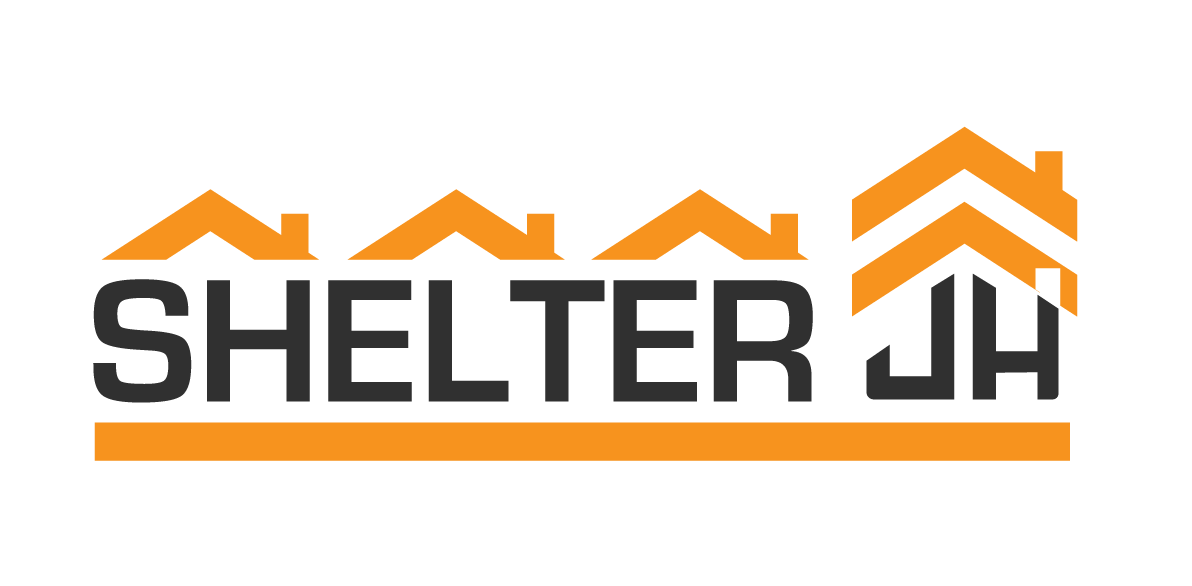Northern South Park: We Support Alternative C
September 7, 2021
RE: Northern South Park Alternatives
Dear Chair Macker and Commissioners:
Thanks for your continued diligence and investment in completing a holistic Neighborhood Plan for Northern South Park and offering this opportunity to comment on the alternatives produced by the Opticos consultant team.
One of the main reasons ShelterJH was formed in 2016 was to support projects that provide homes for a diverse range of local workers. We specifically exist to say “yes in our backyard” and encourage community support for proposals that address our housing affordability challenge. For this reason, our organization supports Northern South Park Alternative C with some clarifying amendments.
Alternative C is truly a turning point from how neighborhoods have been planned and developed in Teton County. It is a feasible, concrete, and realistic plan that can enable our community to finally make progress on our single-most challenging issue: housing affordability.
Primarily because:
- It is compact, meaning smaller homes, roads, and lots (there are NO large lot single family homes)
- It contains a variety of housing types that support the diverse housing needs of our working residents at various stages of life (small lot single-family homes, duplexes, small townhome buildings and apartments)
- It has just enough density to support transit and incorporates walkable/rideable infrastructure with roadway connectivity
- It uses green infrastructure to capture, retain and treat stormwater before water goes back into our streams
- It has a wildlife corridor that allows wildlife permeability through the neighborhood
- It is practical: it addresses the two landowners and functions if only one landowner decides to develop, and offers enough incentives for the landowner to pursue the alternative to base zoning
- Most importantly: 99.8% of the homes will be deed restricted to local workers
The alternatives considered all community values in the neighborhood design and clearly outline the role of the developer and public sector in addressing housing affordability. Alternative C best meets all of our community values while creating an authentic locals’ neighborhood. There are some details that would benefit from some adjusting/clarification, but in general Alternative C creates an opportunity to meaningfully address our housing crisis, other alternatives do not sufficiently meet the housing needs of our community and the base zoning exacerbates the challenge.
Alternative C is a feasible plan
Despite the large community price tag associated with Alternative C to build the 1,031 genuinely affordable homes, Alternative C is feasible. This number is estimated to be $515.7 million or approximately $500,000 per unit. This is the amount that is needed to address our housing needs whether the units are built in this location or somewhere else, and in this scenario the land is donated. Alternative C is feasible because our community has organizations and structures in place to access and leverage funds, including:
- Partnerships with existing housing organizations to build and steward homes, including the Jackson/Teton County Housing Department, Jackson Hole Community Housing Trust, and Teton Habitat.
- Private philanthropy, such as the recent $10M Hughes Charitable Foundation grant
- Business investment like the $100 million commitment from St. John’s Health
- Federal sources of funds such as Low-Income Housing Tax Credits, Community Development Block Grants, etc.
- Continued public investment from the Town and County General Funds and Special Purpose Excise (SPET) initiatives
While the investment needed to make this plan a reality can seem intimidating, it’s doable. Our community has a clear and dire need for homes that locals can afford, and this is an incredible opportunity to make the most of a land donation.
Alternative C supports the Comp Plan
The Jackson/Teton County Comprehensive Plan limits the amount of growth in our community to what has historically been allowed. This policy ensures that, in addition to maintaining community character and avoiding sprawling development, we make smart choices on the best location and type of growth that support our long-term goals.
Right now, we have 2,148 housing units available to be built in addition to what is allowed by current zoning. These surplus housing units are currently tied to bonus tools that support workforce housing in other complete neighborhoods, such as the Town of Jackson. A challenge with Alternative C is that it utilizes all of the surplus housing units.
Fortunately, this build out figure is not static; density bonuses take away from this surplus and conservation easements add to the surplus. It is also a policy which can be amended. As it sets right now, it is unlikely that with the current build-out cap we would ever be able to meet our community goal of housing two-thirds of the workforce locally, which triggers such a change to the Comp Plan. Alternative C offers a concrete plan to thoughtfully place a genuinely local’s neighborhood and make strides towards our goal of housing two-thirds of our workforce.
Alternative C is a win-win
The landowners have long stated their desire to help address our housing affordability challenge with the development of this property, while making a reasonable return on their investment (ROI). This plan helps maximize both landowner ROI and community benefit.
Alternative C offers a realistic plan that offers the highest return on investment compared to base zoning, or the largest incentive to thoughtfully develop this area. It also allows the land owners to meet their objective of creating an authentic local’s neighborhood that will anchor the success of Jackson Hole for future generations. This plan also creatively allows half of the neighborhood to move forward without compromising community benefits and without the reliance of agreement between the two landowners.
Suggested Amendments to Alternative C
There are a few items to shore up to make sure that Alternative C delivers what is promised and to improve the neighborhood, including:
- Enforceable, clearly defined deed restrictions: make sure there are no loopholes that will allow those not directly serving the local economy to occupy deed restricted units.
- Integration of housing locations and types: offer different kinds of home options (apartments, condos, townhomes, small lots, etc.) to all income levels and integrated throughout the neighborhood.
- Clear amounts of units serving those making 0-50%, 50-80%, and 80-120% Median Family Income (MFI): provide a breakdown for each of these Affordable categories and consider a mix that reflects working households instead of all resident households.
- More Affordable homes exclusively available to those making under 120% MFI: evaluate increasing the number of Affordable homes, recognizing that this may either increase the number of Tier 1 or Tier 2 Workforce units or additional community investment.
- Phased construction of different kinds of units: ensure that the most expensive lots are sold in tandem with the donation of land for the Affordable units.
- Incorporate energy efficiency standard: protect long-term affordability by requiring that homes are built to higher efficiency standards than building codes, such as net zero energy.
Let’s work together to take advantage of this tremendous opportunity. With some adjustments, Alternative C is a feasible, concrete and realistic plan that can enable our community, wracked as it has been by an ongoing multi-decade housing crisis, to meaningfully address our housing affordability challenges.
Sincerely,
ShelterJH Board of Directors: Mary Erickson, Chair; Elizabeth Hutchings, Vice-Chair; Christine Walker, Policy Chair; Ash Hermanowski; Nikki Kaufman; and Skye Schell

